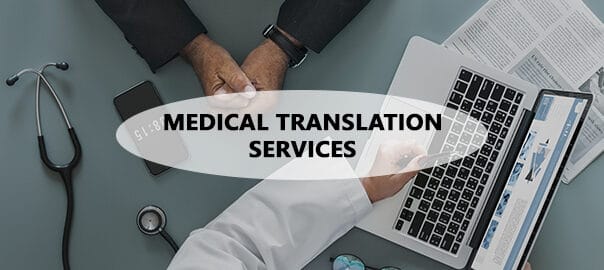The medical language can prove challenging to understand even when using in a non-medical setup because the language contains complex and clinical terminologies. Due to this, certified translation services San Francisco highlights some of the considerations of a highly skilled medical translator with the best scrutiny and particular mindset that match the skillset for translation services.
The medical language has distinguishable terminologies that often appear diverse in many other languages used. Furthermore, medicinal terms do and can denote different things from the source language to the target language. Medical translators have to be accurate and precise in their task, since serious risks, including further injuries or worse, even death, can result from an inaccurate translation.
Here are some of the key considerations from certified translation services San Francisco for medical language translation.
A Specialized SME for Medical Translation is Mandatory
Many instances may require a translator from the physician notes, patient details, case reports, medical regulations, surgical procedure guides, pharmacological instructions, medical device instructions to medical training documents. Each of this information uses different terms and needs translation for the right audiences and target languages.
Because of the terms and technical information involved, the medical translation will require a subject matter expert. Only a certified translator with a better grasp of the medical field terms and the common-use verbiage can translate medical words and put them correctly in context for a target audience without loss in information. A translator with education in medicine, technical training, and experience in handling medical translations is better off than a general translator who is bilingual in the languages necessary for translation.
Explore Different Registers in Medical Translation
The main issue affecting medical translation apart from the technical terms involved, is the many word registers. In various medical sub-topics, and across multiple languages, some body parts and many diseases are named using one word, but with a more elevated register and in other words, using a lower register. For example, in medical use, the ‘thorax’ is used, and in colloquial use, the ‘chest’ is the often-used word.
Therefore, a certified medical translator should be able to put into use the context and register when translating medical terms from the source language to the target language for a more accurate translation. An inability to follow the recommendations or provided instructions because of poor translations will result in a life-threatening instance.
Word Level Difficulties from Medical Translations
Words change when in use in different niches. A certified medical translator must know the lexical words in the target language when translating from the original language. For example, the word reek and smell; both are very different from their meaning, and the small connotations can create a more significant difference when used in certain medical ways. The most important part is how the terms are used within the vast medical community.
Fortunately, medical terms have somewhat the same standard meaning across different languages, therefore making medical translation easy. This is because most diseases and human anatomy are the same everywhere worldwide. But, when other medical language terms are not well translated, medical translation becomes difficult for the target audience to understand hence more risks involved.







